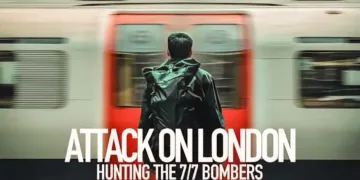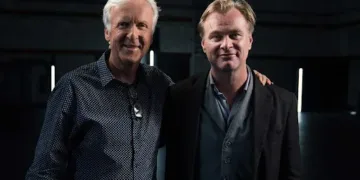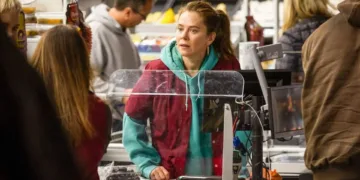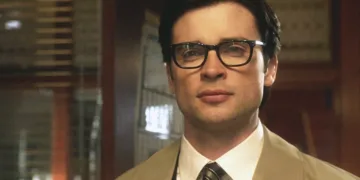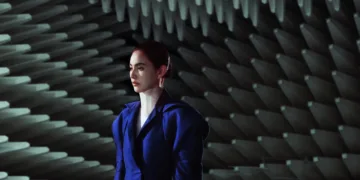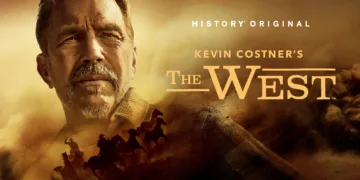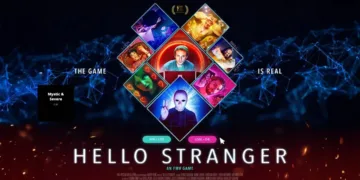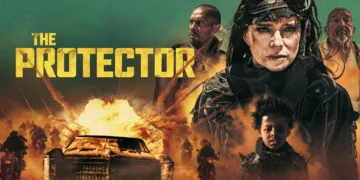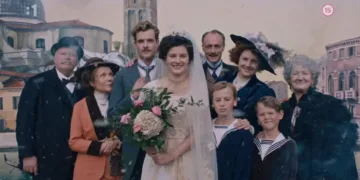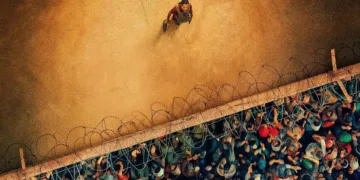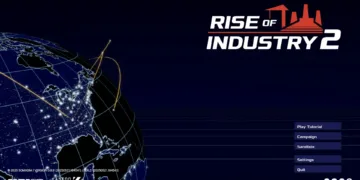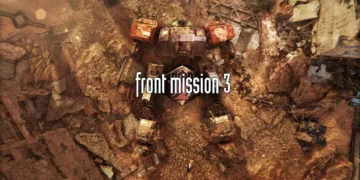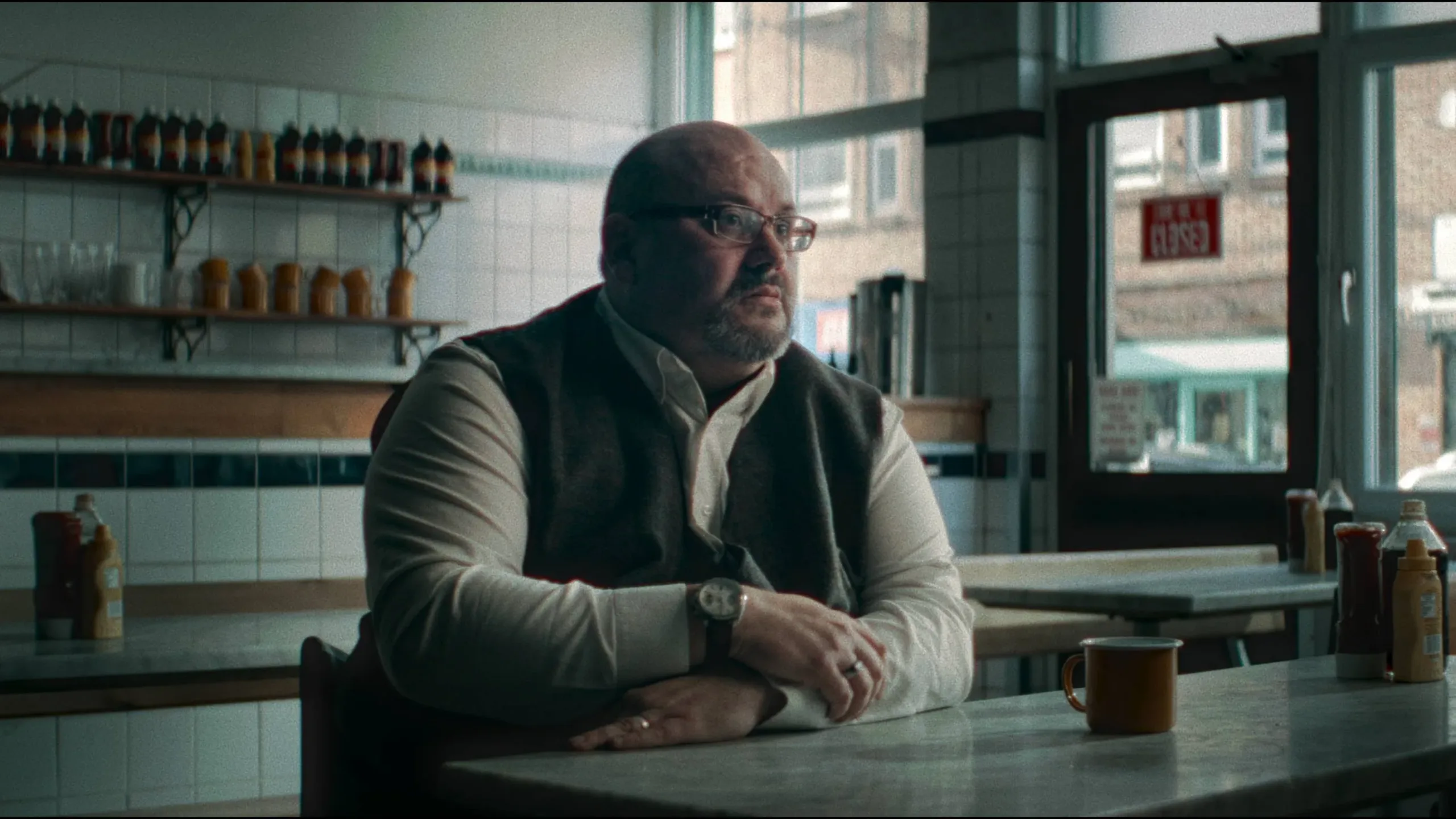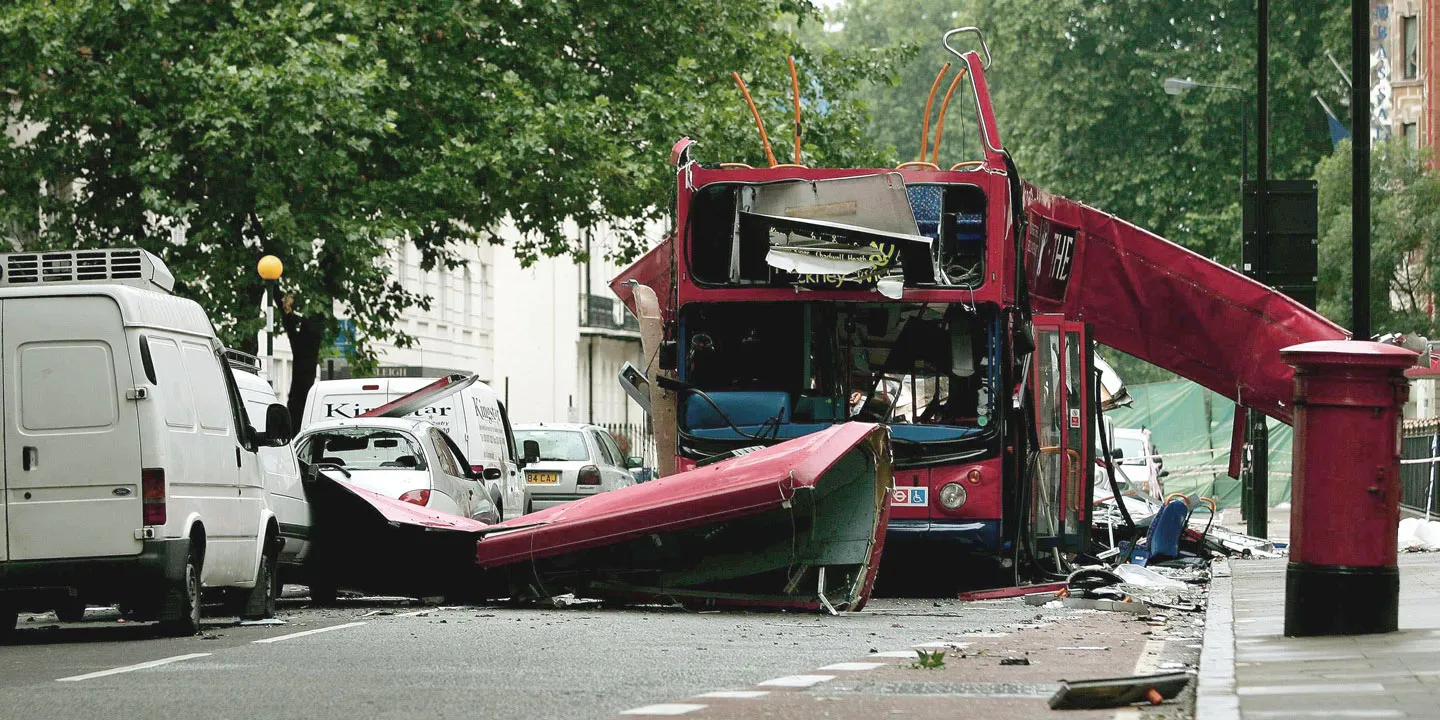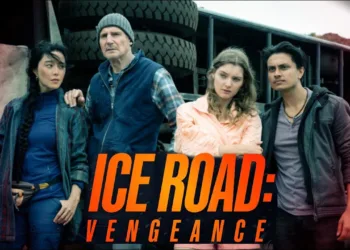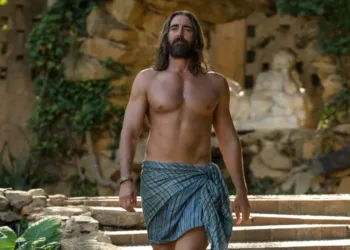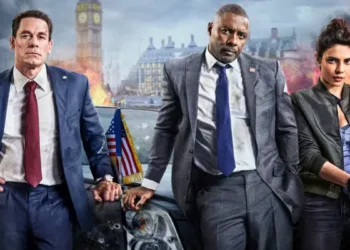Morning broke over London on July 7, 2005, with a city’s collective exhalation of triumph. The Olympic bid was won, a victory that promised a future of unity and striving, written in straight, bright lines. The city pulsed with its own prosaic rhythm, a million heartbeats in motion, a million commutes begun in the reassuring light of an ordinary Thursday.
Then, the rhythm shattered. In a sequence of violent, apocalyptic percussions, the city’s metallic arteries seized. Four bombs—three detonated in the dark, subterranean veins of the Underground, one on a double-decker bus climbing toward Tavistock Square—tore through the fabric of the mundane.
The day’s bright promise was not merely extinguished; it was inverted, leaving behind the stark, immutable arithmetic of terror: 52 dead, their stories abruptly ended, and more than 700 wounded, their lives forever redefined by a moment of sound and force.
From this smoldering wreckage of steel and certainty arises Attack on London: Hunting The 7/7 Bombers, a four-part chronicle that does not simply recount an event but descends into its psychic echo, mapping the initial shock and the sprawling, desperate search for answers that would become the largest criminal investigation in British history.
The Cartography of Memory
A document of a public tragedy can only be measured by its fidelity to the private wound. The series understands this existential calculus, building its foundation not on the grand pronouncements of history, but on the fractured, deeply personal recollections of those who were there.
It grounds its narrative in the visceral truth of testimony, where the true weight of the event resides. We are placed inside the gaze of Daniel Biddle, a man on the Edgware Road train whose final moment of ordinary reality was the locking of eyes with the stranger who would detonate a bomb and unmake his body. That shared gaze is the philosophical core of the horror—the instant an abstract threat becomes a specific, human face, a prelude to annihilation.
His fight for life in the darkness is a primal testament to the will to exist against all reason. We then witness the second assault, the one that comes after the physical one, in the story of Mustafa Kurtuldu. Having survived the Aldgate blast, he finds himself days later on national television, his trauma suddenly requiring justification, his suffering bracketed and interrogated through the lens of his faith.
Even the agents of order are viewed through this human prism. Detective Constable Pete Merritt’s description of carrying the dead from the carriage—a task performed in a profound, almost sacred silence—feels less like police work and more like a solemn rite performed in the ruins of a fallen temple, a quiet duty in the face of unspeakable profanity.
The Imposition of Order
Out of the chaos, the state apparatus stirs, a leviathan awakening to mend the tear in its own reality. The series shifts its focus to the anatomy of the investigation, a vast and desperate attempt to draw a rational map over an irrational act. We witness the birth of a new kind of fear as investigators confront the first suicide bombing on British soil—a horror for which their procedural vocabulary was wholly unprepared.
This was not a known devil; it was a new grammar of violence that had to be learned from its own destructive evidence. The investigation becomes a form of painful archaeology. Forensics expert Cliff Todd speaks of encountering materials and methods that were alien to him, as if studying the artifacts of a violent, unfamiliar religion.
The search for meaning in the debris is painstaking, a process of reverse creation, trying to reassemble a narrative from mangled steel and human fragments. The manhunt for the second cell, whose plot failed on July 21, sends a new wave of paranoia through the city’s consciousness.
This meticulous pursuit is punctuated by moments of the surreal, a collision of the fanatical and the banal that is, perhaps, the signature of modern terror. It culminates in the capture of Yassin Omar, a man disguised in a burqa, found standing in a bathtub—a strange, pathetic image revealing the bizarre, hollow endgame of a destructive ideology.
The Widening Gyre
An act of such violence does not end when the sirens fall silent or the culprits are caught. Its consequences radiate outward in concentric circles of cause and effect, warping the society that contains it. The series commendably widens its lens to examine these shockwaves, refusing to isolate the bombings from the world that produced them.
The filmmakers pose a direct question to former Prime Minister Tony Blair about the 2003 invasion of Iraq, forcing an uneasy confrontation with history’s long shadow and the unbearable weight of consequence. The social contract itself is shown to fray, as members of Britain’s Muslim community, including a youth worker from Leeds, recount the heavy burden of collective suspicion, the expectation of a perpetual apology for acts they did not commit.
The most haunting consequence of this heightened state of fear is the death of Jean Charles de Menezes. He was an innocent man, an electrician on his way to work, whose killing by police is the tragic but logical endpoint of a system consumed by paranoia. His death was not just a mistake; it was a sacrifice to the new god of fear, a chilling moment when the apparatus designed to protect turned its weapons on the very people it was meant to shield.
Attack on London: Hunting the 7/7 Bombers is a four-part documentary series that premiered on July 1, 2025, exclusively on Netflix.
The Review
Attack on London: Hunting The 7/7 Bombers
Attack on London: Hunting The 7/7 Bombers is not merely a documentary; it is a profound and somber meditation on the moment chaos ruptures reality. It succeeds by prioritizing the indelible human wound over procedural sensationalism, examining not just the mechanics of the crime but the haunting echoes of its political and social consequences. The series is a grave, essential, and unflinching piece of television that trusts its audience to confront the difficult complexities of history, memory, and the fragility of a world we take for granted. It is a necessary watch.
PROS
- Handles its traumatic subject with profound gravity and restraint.
- Its human-centric approach, built on raw survivor and witness testimony, is deeply powerful.
- Goes beyond the event itself to explore the complex political and social fallout.
- Provides a gripping, detailed account of an unprecedented criminal investigation.
CONS
- Emotionally taxing due to its unflinching and raw depiction of trauma.
- Its somber, methodical pace may be challenging for viewers seeking a faster true-crime narrative.
- Lacks any moments of lightness, making for a dense and demanding viewing experience.
